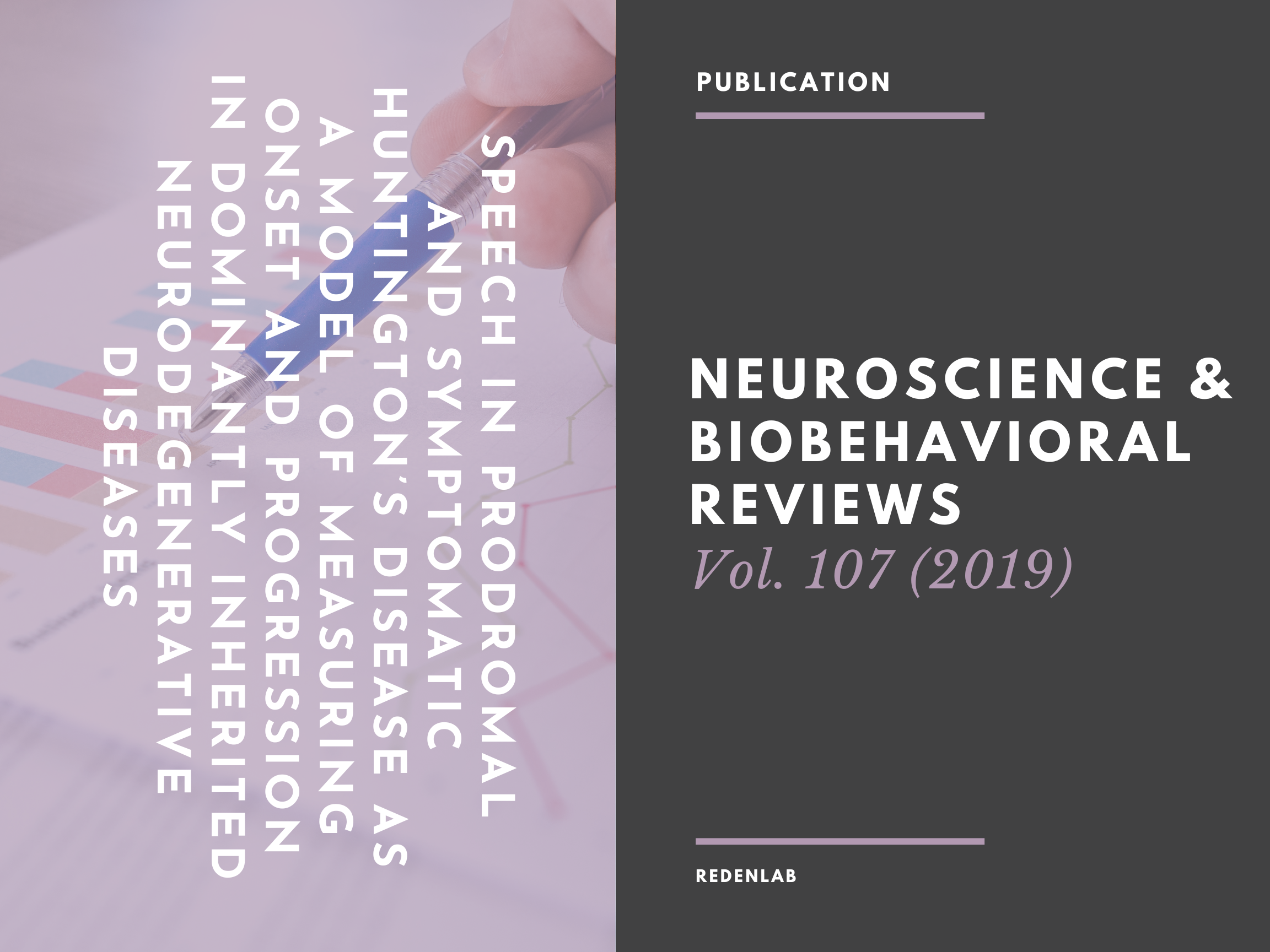Speech in prodromal and symptomatic Huntington’s disease as a model of measuring onset and progression in dominantly inherited neurodegenerative diseases

Subtle motor and cognitive changes can manifest prior to diagnosis in many progressive neurological disorders. Most people with Huntington’s disease (HD) develop dysarthria. Yet, how speech evolves, how the brain regulates speech in HD, and the clinical implications of these changes remain unclear. We reviewed existing literature on speech production in premanifest to symptomatic HD (PreHD). A search of databases yielded 12 eligible studies. Nine of the twelve studies were included in the meta-analysis. Data suggest that speech in PreHD is characterized by impaired speech agility, phonatory function and speech rate. Over the disease course, speech gradually deteriorates across all speech subsystems. Our findings indicate subtle changes in speech appear prior to a clinical diagnosis of HD. However, distinct patterns of decline and the magnitude of these deficits require further investigation. Our current understanding of speech impairment in HD relies on small cohort studies. Natural history studies documenting changes from premanifest to end stage may facilitate the development of speech as a marker of disease onset and treatment response.
Click here for more details.
